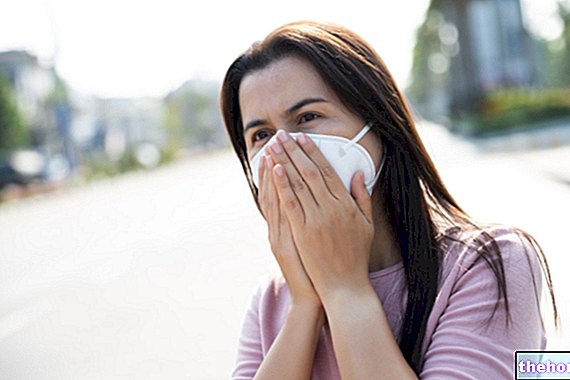Nickel
Nickel (Ni) is an iron-like metal that can be introduced into the body through food.
Nickel is a very common element in the environment as it represents:
- a fundamental constituent of many metal alloys (steel)
- a volatile element, therefore inhalable with pulmonary ventilation
- a polluted groundwater, land, etc.
Ultimately, nickel represents an almost ubiquitous microelement which is distinguished by the different sources of origin and the high probability of contact with living organisms.
Biological role of nickel
Nickel is a metal that boasts a well-defined biological importance, therefore, its introduction with food is fundamental; this DOES NOT MEAN that it is important to take as much nickel as possible - small quantities (traces) are sufficient and they are NOT known PHYSIOLOGICAL deficiency forms (instead present in hepatic impairment) - but simply that this metal also contributes to the maintenance of metabolic homeostasis.

The primary elimination source of nickel introduced with food is represented by urine and faeces, while the homeostatic regulation of its blood concentration is attributable to renal function.
The biological function of nickel is essentially involved in:
- Hormonal metabolism
- Maintaining the integrity of cell membranes
- Enzyme constitution (arginase, trypsin, carboxylase etc.)
- Glucose and lipid metabolism
- Stabilization of nucleic acids
Foods that contain nickel
Nickel is contained in food in two forms:
- Biological constituent
- Pollutant
The foods belonging to the first group and which naturally contain nickel are above all: cocoa, some crustaceans, almost all lamellibranch / bivalve molluscs, whole and whole cereals (especially oats and buckwheat), legumes, seeds (walnuts and hazelnuts) and cauliflower.
Foods belonging to the second group and containing polluting nickel are above all: fats - hydrogenated oils and all refined and industrially processed foods. This happens because the nickel contained in the equipment and in the kitchen utensils can be released in the food due to a reaction to the acid environment or by mechanical friction. Furthermore, as anticipated, it is possible to identify more or less important traces of contaminating nickel especially in fruit and vegetable foods obtained from agriculture on polluted soils (rains containing nickel from smog, aquifers containing nickel, soils rich in nickel, etc.).
- Foods very rich in nickel: cocoa and derivatives, whole grains, walnuts and hazelnuts, ALL legumes
- Foods rich in nickel: packaged foods, bay leaf, herring, asparagus, lobster, bananas, broccoli, cinnamon, carrots, cauliflower, whole grain cereals, cucumbers, cloves, chicory, cherries, onions, liver, Dutch cheese, seafood, cow's milk pasteurized, yeast, melons, nutmeg, vegetable oils, pepper, celery, spinach, wine
- Foods low in nickel: Sorrel and similar, garlic, citrus fruits, apricots, beer, coffee, holy and similar hoods, beef, pork, veal, lamb, cabbage, coca-cola, refined flour of corn, rye, wheat, shrimp, lettuce, margarine, apples, oil sunflower, potatoes, pears, fish (Gadida family), pine nuts, radishes, pearl rice, plums, dairy products, eggs, grapes.
NB. Water and table salt should NOT contain nickel.
Adverse reactions to nickel - nickel allergy
The adverse reaction that can occur on contact with nickel is a cellular type allergy and NOT a humoral type. This is a common complaint; in Germany it affects 6% of women and 12% of men, and seems to manifest itself only after the 6th year of life.
Nickel allergy occurs mainly with contact eczema but ONLY in the event that the subject touches objects containing high quantities of nickel (costume jewelery, watch straps, belt buckle, etc.). In this regard it has been noted that of all, only 25% of allergy sufferers react DERMATOLOGICALLY to the introduction of nickel with food.
Unfortunately, the diet of the allergic to nickel is highly restrictive and the reduction of his intake inevitably involves the elimination of: foods that are very important for human nutrition, all objects containing nickel and all culinary utensils containing nickel.
Bibliography:
- Food and environmental allergies - A. Calatin - Joints - pages 141-142



























